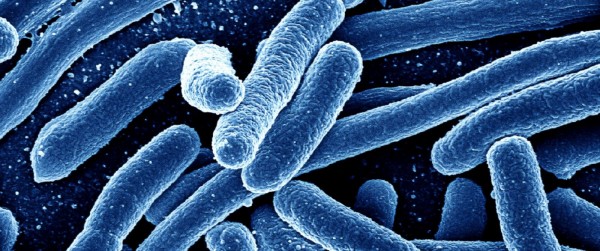
In September 2016, in a speech to the UN General Assembly, the director of the World Health Organization, Dr. Margaret Chan, said, “Superbugs, resistant to nearly all currently available medicines, already haunt hospitals and intensive care units in every region of the world. Nearly all of us know someone who underwent a routine operation only to die from a hospital-acquired infection.” She added the dire warning, “With few replacement products in the pipeline, the world is heading towards a post-antibiotic era in which common infections, especially those caused by gram-negative bacteria, will once again kill.” [Emphasis added]
Hospitals are indeed breeding grounds for drug-resistant bacteria. A recent study by researchers from Duke Health, published in the journal The Lancet, may offer new hope, however. Researchers discovered that the addition of disinfecting ultraviolet light (UVC) to certain standard cleaning protocols can cut transmission of superbugs by as much as 30 percent.
The study, which involved 21,000 patients in nine different hospitals in the southeast, was conducted between 2012 and 2014, and focused on the four most resistant organisms: MRSA, vancomycin-resistant enterococci (VRE), C. difficile, and Acinetobacter.
Superbugs tend to linger in the hospital rooms of infected patients even after they have been discharged and their rooms disinfected, leaving future patients vulnerable.
Dr. Deverick Anderson, an infectious disease specialist and the lead investigator for the study, explained that treating these bugs is both tough and expensive, and places an immense burden on affected hospitals.
The trial made use of four different methods to clean the rooms of recently discharged patients infected with one of the four superbugs: 1) cleaning with quaternary ammonium (QA) only; 2) QA followed by UV light; 3) using chlorine bleach only; and 4) cleaning with bleach followed by UV light.
A portable device called the Tru-D SmartUVC was used to dispense the UVC light for 30 minutes in each affected room. The light bounces and reflects off various surfaces, enabling it to target hard to clean areas like open drawers or between cabinets. The UV light kills bacteria by altering its DNA.
The most effective cleaning protocol, especially in fighting MRSA, was the use of QA followed by the UV light.
Around 90 percent of hospitals involved in the study were able to maintain the protocol, even though taking an extra 30 minutes to clean a room means a loss of income for the hospital and places an additional strain on room availability. Having enough of the UVC machines also presented a challenge in some instances.
Researchers stressed that other precautions are also vitally important when it comes to preventing superbug infections, including frequent hand washing between patients and the cautious use of antibiotics. A recent article by Natural News reported, however, that nurses’ scrubs and hospital bed rails are often contaminated with superbugs, too, making the problem even more difficult to control.
The overuse of antibiotics for both humans and in agriculture has also escalated the superbug problem dramatically.
Though this new study offers hope in the fight against superbugs, it is clear that hospitals are still places best avoided unless absolutely necessary. It is well worth staying as healthy as possible by maintaining a healthy weight, exercising regularly, drinking plenty of fresh, filtered water, and eating clean, organic produce.
In the meantime, if you absolutely have to go to hospital, try to choose one that uses this cutting-edge technology to sterilize its rooms.
Stay informed about advances in medicine at Medicine.news.
Sources for this article include:
Please contact us for more information.























